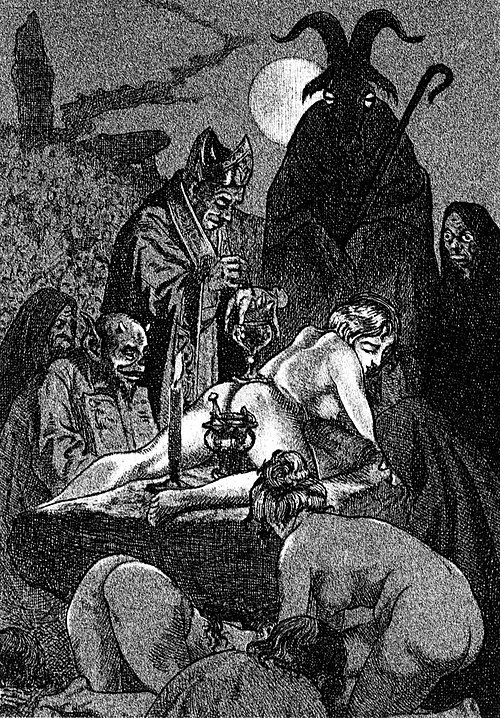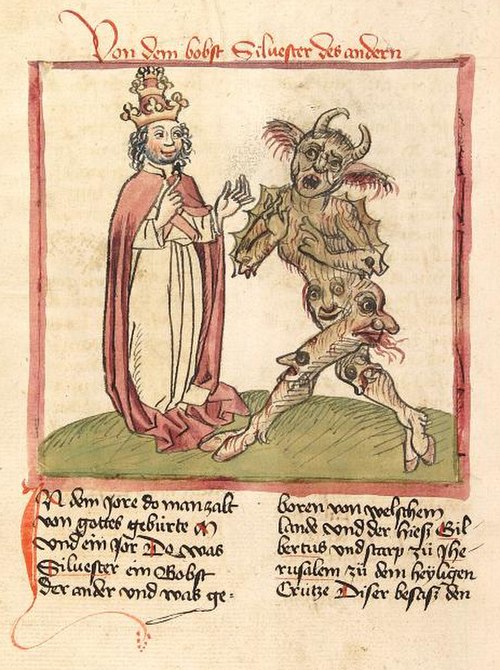Satinnoun
A cloth woven from silk, nylon or polyester with a glossy surface and a dull back. (The same weaving technique applied to cotton produces cloth termed sateen).
Satinadjective
Semi-glossy. Particularly describing a type of paint.
Satinnoun
A silk cloth, of a thick, close texture, and overshot woof, which has a glossy surface.
Satinnoun
a smooth fabric of silk or rayon; has a glossy face and a dull back
Satin
A satin weave is a type of fabric weave that produces a characteristically glossy, smooth or lustrous material, typically with a glossy top surface and a dull back. It is one of three fundamental types of textile weaves alongside plain weave and twill weave.
Satannoun
alternative form of Satanespecially in the sense "a demon follower of Satan; a fallen angel".
Satannoun
The grand adversary of man; the Devil, or Prince of darkness; the chief of the fallen angels; the archfiend.
Satannoun
(Judeo-Christian and Islamic religions) chief spirit of evil and adversary of God; tempter of mankind; master of Hell
Satan
Satan, also known as the Devil, and sometimes also called Lucifer in Christianity, is a non-physical entity in the Abrahamic religions that seduces humans into sin or falsehood. In Judaism, Satan is seen as an agent subservient to God or typically regarded as a metaphor for the yetzer hara, or .







































